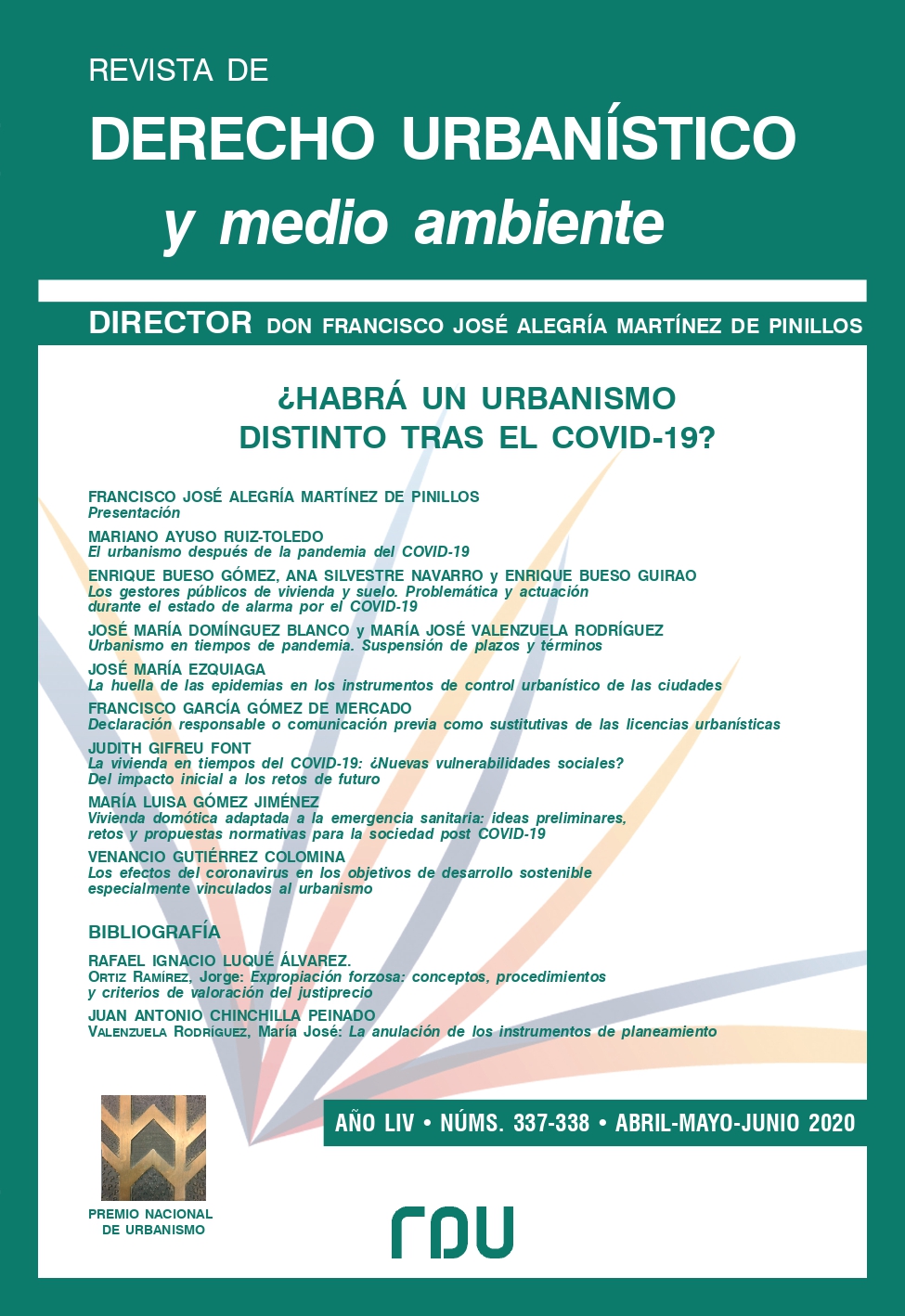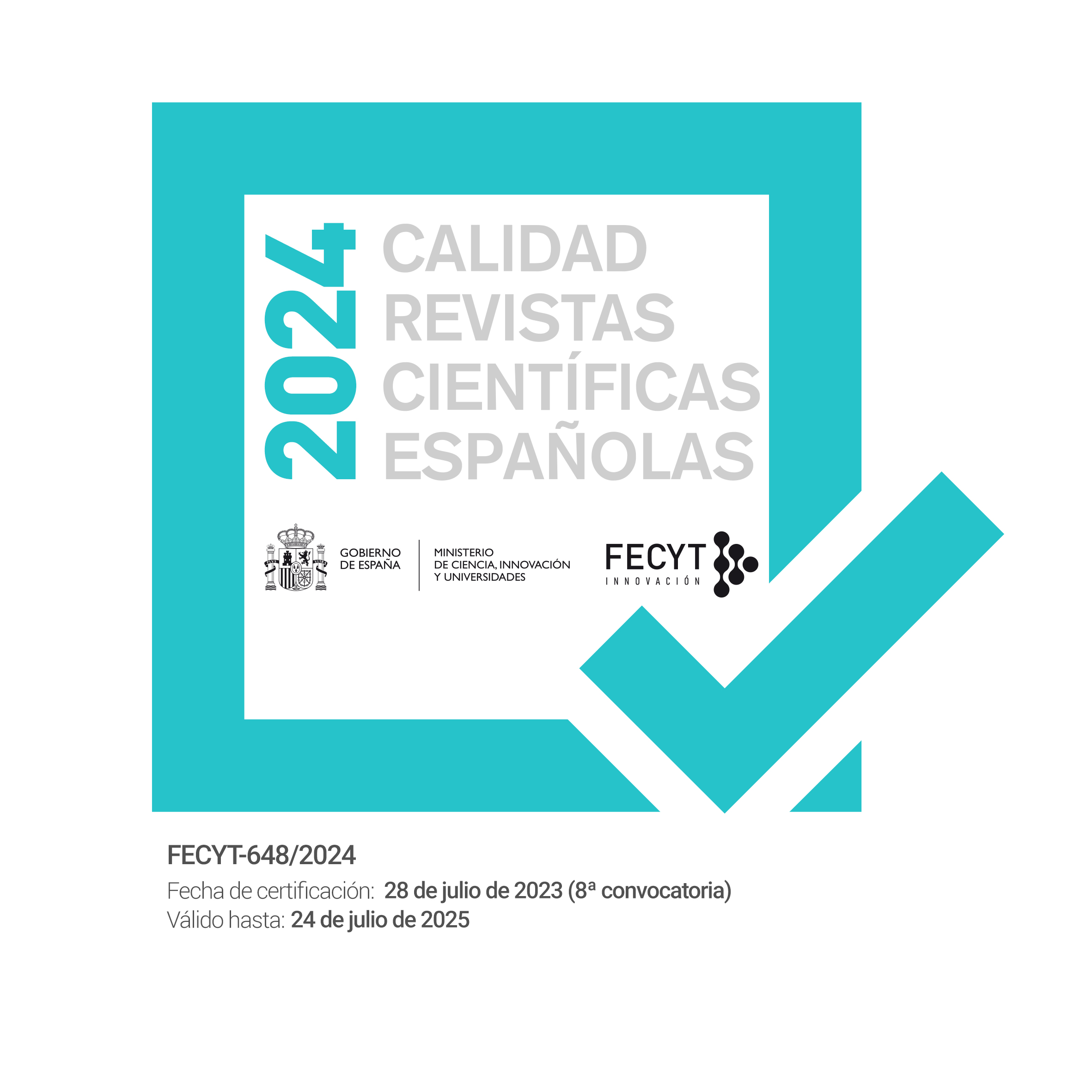The imprint of epidemics in instruments for city planning and management
Keywords:
Urban planning, city, health emergency, habitability, density, public space, mobilityAbstract
Notorious past epidemics have left an imprint in our collective memory, but also a long-lasting and still recognisable legacy in the tools for city planning and governance: From capillary control of the zoned city, to basic infrastructures management, statistical risk assessment, minimum housing solutions, etc. COVID 19 has deeply destabilised the city’s basic infrastructures and its public space,
prompting possible disruptive trends regarding the conventional image of the city.
One of the most urgent challenges that cities face is solving the contradiction between densification, understood as putting a rational limit to land consumption, and disperse growth, which in the context of the COVID-19 pandemic seems better suited for social distancing. Still, there are enduring reasons for us to continue defending the dense, compact and continuous Mediterranean city model. Intensity in social interaction is key to innovation and creativity in science, culture and the economy. From an environmental point of view, density is crucial for the reduction of the urban footprint and lowering energy consumption and carbon emissions. It facilitates a cleaner mobility, in which the preferred mode is walking for short distances and an efficient public transport system for trips on a metropolitan scale.
In order to manage present-day urban complexity, it is not enough to plan or design the city which we can see. During the health emergency open space use has been subjected to time regulations. This circumstance has made us aware of the limitations of public space and the importance of its quality. And also, of the temporal rhythms and patterns governing our daily lives. Better mobility will
not only depend on an increase of infrastructure capacity, but to a greater extent on intelligent time management. But the deepest change must take place in a renovation of the dialectics between the public and private spheres, incorporating both social and temporal dimensions into the spatial plans for the city.






